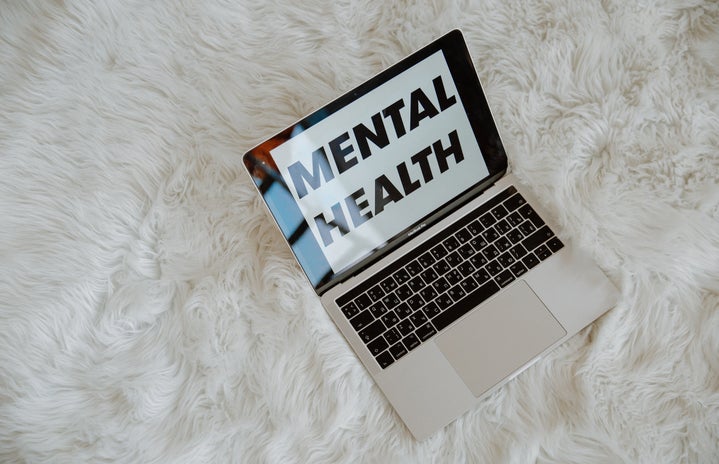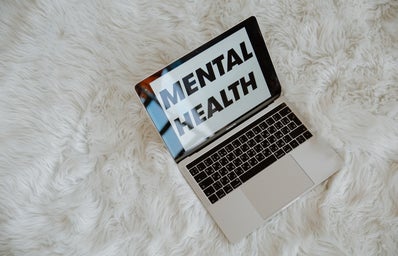A mental disorder or illness is defined as a wide range of conditions that affect mood, thinking, and behavior. They are associated with distress or problems functioning in social, work, or family activities. Nearly one in 12 Americans have a diagnosable mental disorder that is considered to be treatable. The treatments used, mostly prescription drugs, give the vast majority of individuals with mental illness the ability to continue to function in their daily lives. Medications can play a role in treating several mental disorders. Treatment may also include psychotherapy (“talk therapy”) and brain stimulation therapies (less common). Antidepressants and suppressants are also medications commonly used to treat many mental disorders: depression, anxiety, pain, and insomnia. To a certain extent, these medications work to improve symptoms of the mental illness and prevent its symptoms from coming back.
Even though there are studies that claim that prescription drugs bring aid to individuals with mental disorders, that is not always the case. Treatments for these illnesses include antipsychotics, mood stabilizers, and psychotherapy; however, the medications have side effects which can cause detrimental psychological and physiological impacts. We still have a lot to learn so that researchers and the pharmaceutical industry can make drugs with less severe side effects that are equally as or even more effective, but a lack of research and funding hinders progress. Such deficits most impact women partly because of the historical focus on studying and treating the male body and the lack of research on gender differences in clinical presentation and treatment. For example, a woman with a mental illness is three times more likely to get misdiagnosed than a man. As a community, we can work together to push forward research by advocating for more federal and private sector funding and increasing awareness by educating ourselves and others. These public advocacy efforts can ultimately help researchers improve the treatment of both men and women diagnosed with mental illnesses while also helping to reduce societal stigma and mental health in general.


